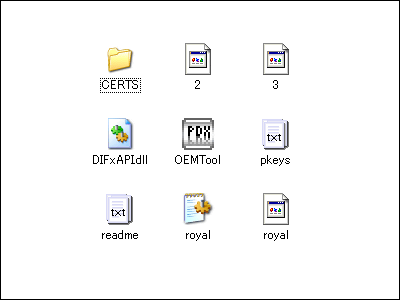What are the challenges faced by manufacturers trying to break Nintendo's strict copy protection?

By
In the 1980s, Atari , which developed the Atari 2600 and other games, was forced to lower the prices of its games due to the flooding of the market with low-quality third-party software, which led to a deterioration in its business. To avoid this, Nintendo introduced a strict lot control system, but game companies such as Tengen tried to circumvent the control. Developer Nicole Branagan explains how Tengen tried to evade Nintendo's eyes.
The games Nintendo didn't want you to play: Tengen
https://nicole.express/2022/the-center-point-can-not-hold.html
As part of a management reform, Atari split off and sold off its consumer division as Atari Corp. The remaining arcade division was renamed Atari Games. Later, when Atari Games decided to start selling consumer games again, they were unable to use the name 'Atari,' so they created a subsidiary called 'Tengen,' named after the Go term 'Tengen.'
When Nintendo began rolling out the Nintendo Entertainment System (NES) in the United States, Tengen ported Atari's hit game Gauntlet and other titles to the NES.

However, when Nintendo introduced the NES to the US and Europe, they had implemented measures to prevent a similar situation to
The 10NES contained a tiny microcontroller running a program that exchanged random numbers. This communicated with the cartridge's microcontroller and, if it detected any discrepancies with the normal patterns, would reset the NES at one-second intervals, preventing game play.
Camerica , which developed games for the NES, tried to interrupt the reset operation by equipping the cartridge with a system that generates negative voltage, but this could potentially damage the console. Therefore, Tengen decided to develop its own cartridge clone, 'Rabbit,' which communicates with the console and misleads users into thinking it is a genuine Nintendo cartridge.

Tengen was licensed by Nintendo for games like 'Pac-Man' and early 'Tetris,' but circumvented Nintendo's lock system with games like 'Gauntlet' and 'Afterburner.'

However, Tengen was only able to create Rabbit because he had stolen the lock system code from the U.S. Copyright Office. Tengen sued Nintendo for violating antitrust laws, but Nintendo countersued Tengen for code theft and ultimately settled on terms favorable to Nintendo.
Related Posts:
in Free Member, Hardware, Game, Posted by log1p_kr







